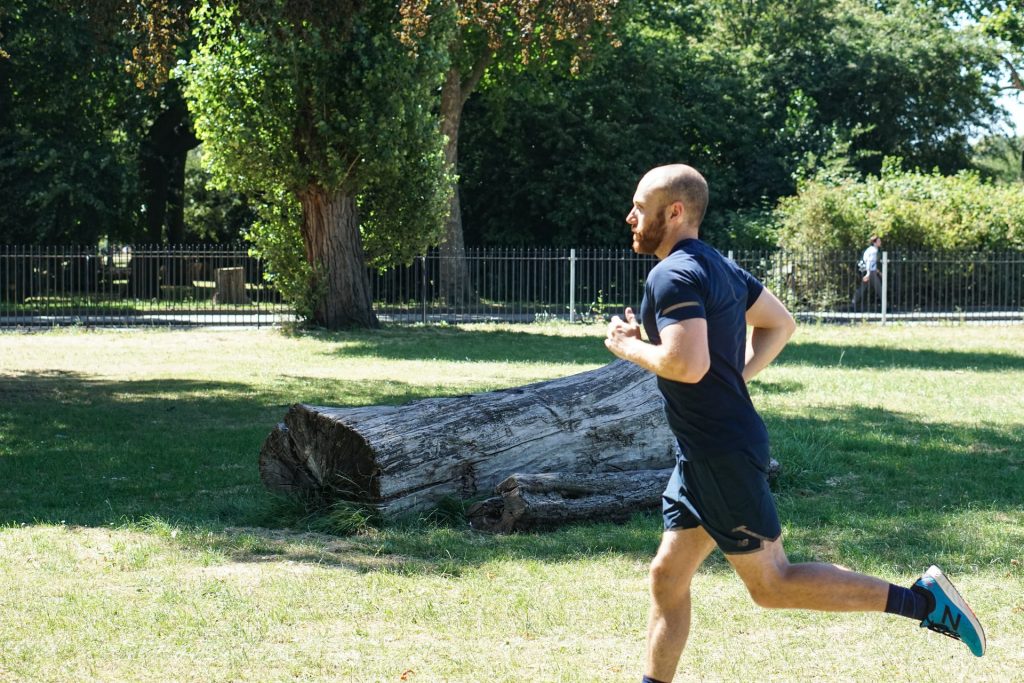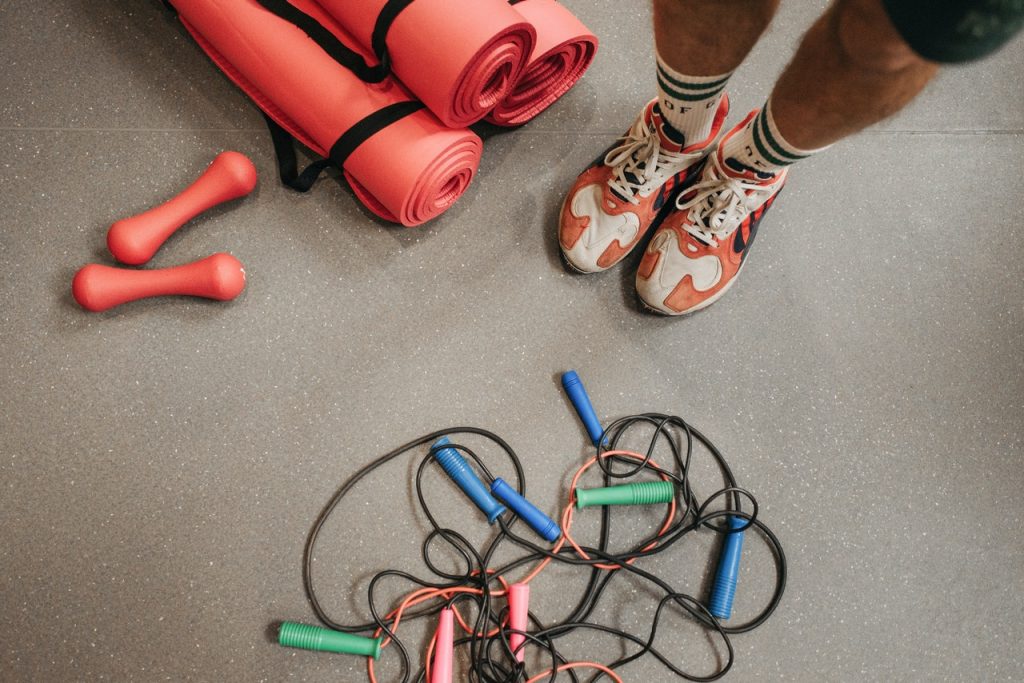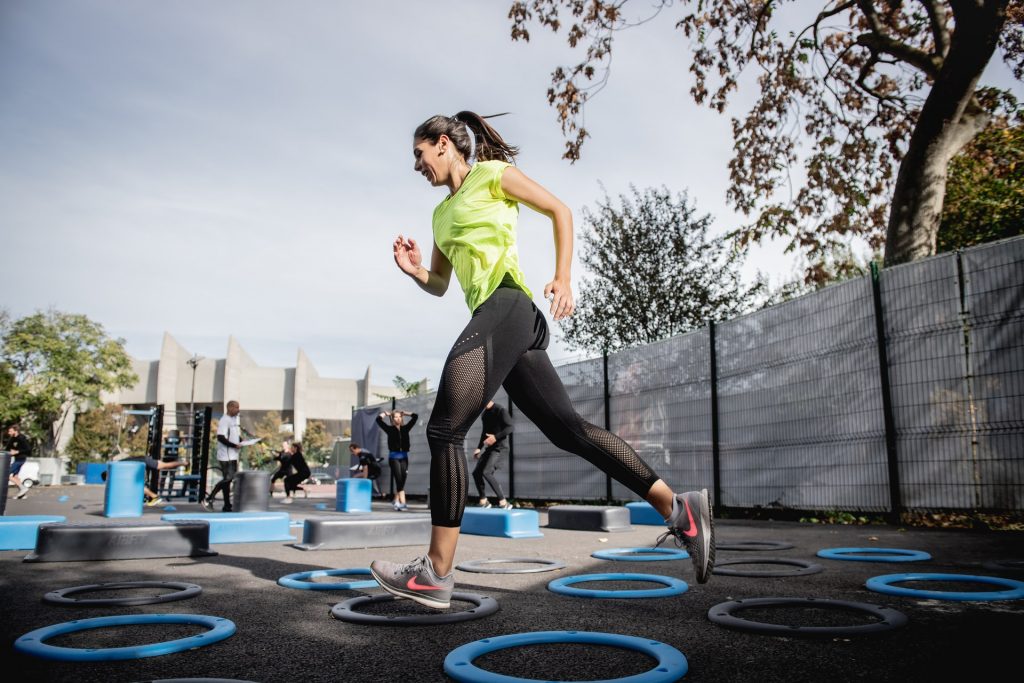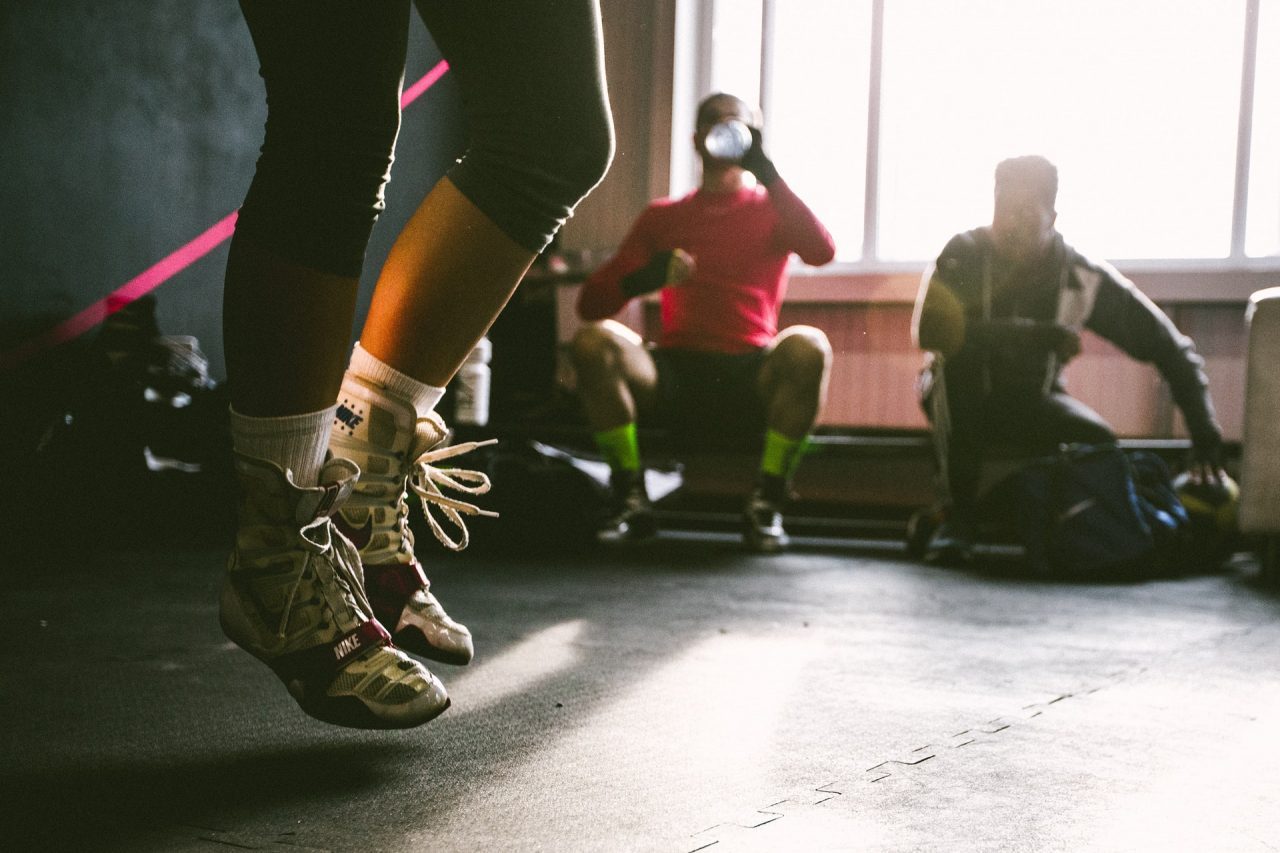If you are always on the lookout to find the best workout for improving your fitness level, you may often find yourself comparing one form of exercise to the other to find what works best for you. Similarly, jump rope vs running is a popular topic of debate among cardio lovers who want to make the most out of their workouts.
While running and jump rope are both very effective and intense cardio workouts that complement each other as cross-training, they also have a few differences that set one apart from the other. Here are how these two forms of exercise compare when it comes to several aspects of what makes a good workout.
Accessibility

If you are fairly new to exercising or you’re getting back on track to working out, you may have the enthusiasm of starting strong with an intense workout, but your body will need you to ease into it. That is why most will want to start with exercises that are not as vigorous and are beginner-friendly.
Luckily, both jump rope and running are quite beginner-friendly workouts that allow you to modify the level of intensity according to your needs. Often, novices will fear cardio in general because they can’t do prolonged exercises without experiencing shortness of breath. However, running and skipping are both workouts in which you can gradually build your aerobic capacity by breaking your session into smaller sections with breaks in between.
Convenience
Busy schedules and lack of time can be a hassle when it comes to scheduling workouts. Furthermore, lack of space, equipment, and unfavorable weather (if you are exercising outside) are also some common inconveniences that can make it difficult to make time for getting into shape. These can all be factored in when it comes to comparing how convenient rope jumping and running are.
Jump rope is a form of exercise that you can do practically anywhere—be it outdoors or indoors— as it doesn’t require a lot of space. Running is also one of the most convenient forms of workouts since it takes just lacing your shoes and stepping out of your front door to get you started. However, snow, rain, or an icy terrain can make it more difficult to go for a run. Unless you have access to a treadmill, running outside can have its disadvantages when it comes to colder weather.
Cost

Exercise is supposed to be accessible for everyone, so it is understandable that not all people will want to spend large amounts of money on equipment and gear. When it comes to jump rope and running, they are as inexpensive as exercise can get.
All it takes to start skipping is investing in a good jump rope, which is generally pretty cheap and will last for quite a while. Running as well, doesn’t require big investments other than a pair of supportive running shoes. If you plan on running for a long-distance event, however, you might want to invest in other gear and equipment that will help you during that day, but they are not absolutely necessary.
Joint Impact
Many forms of cardio that involve repetitive feet-to-ground contact cause impact on the joints which can consequently lead to injuries. When it comes to these two activities, jump rope can be less strenuous on the joints due to the tall posture that elongates the spine and activates the abdominal muscles for efficiently transferring the energy in the body.
Running, on the other hand, has a bad reputation when it comes to joint health, but that is rather a misconception. It is not running on its own that causes injuries, but they are, instead, a result of a poor running form. Many people will strike the ground with their heels as they run, which puts more strain on the tendons and ligaments. That can easily be improved through adopting a good running form and investing in supportive shoes that have enough cushioning to lessen the impact of the feet hitting the ground.
Target Muscles

Running and jumping rope are primarily cardiovascular exercises, which means you will rely on oxygen to produce energy for sustaining these activities. While they might not be optimal workouts for building muscles, they are nevertheless great activities for targeting many muscles at once, which is great for muscle definition and maintenance.
Running as an exercise works mostly the muscles in the lower body, such as the glutes, quadriceps, and hamstrings, but it also activates the core muscles and hip flexors. Rope jumping is a bit more advantageous at targeting muscles since it engages the arms, the back, shoulders, core, and lower body muscles.
Agility
Agility is an important component of physical fitness that focuses on improving flexibility, balance, and maintaining control over your movement. As such, it is important to find ways to incorporate this type of training into your workout routine, in order to work on your reflexes and coordination as well.
Both jump rope and running are great ways to improve agility. With jumping rope, you are constantly focused on the movement of your feet, legs, and simultaneously making sure you don’t get tangled up in the rope. This makes it an ideal activity for improving hand-eye-foot coordination.
Running also improves agility, especially if you are running on a trail where you need to be constantly on the lookout for obstacles such as tree branches or roots, or you are running for long distances and have to adjust your movements to conserve energy.
Calories

If you’re planning on starting a weight loss journey and want to burn calories quicker, running and jump rope are the perfect exercises for you. They are both high-intensity workouts that are very effective at burning calories. However, you should bear in mind that the amount of calories you burn depends on the intensity of your workouts and various other factors such as your age, sex, height, and body composition.
On their list of the approximate calories burned during 30 minutes of various fitness activities, Harvard Health Publishing lists the following calories for these activities:
- On a 30 minute run at 5mph or 12 minutes per mile, a 125-pound person will burn approximately 240 calories, a 155-pound person will burn 288, and a 185-pound person will burn 336.
- During 30 minutes of slow-paced rope jumping, on the other hand, a 125-pound person will burn 226 calories, a 155-pound person will burn 281, and a 185-pound person will burn 335.
So, is jump rope better than running as a workout? Not necessarily. They are both effective exercises to help you stay in good physical shape. Moreover, running and jump rope benefits don’t stop at physical conditioning, as they are beneficial for many aspects of general health. Each person will have their own preference in workouts, so whichever you choose, practice a good form and routine, and you should expect to reap the rewards of your commitment very soon.





